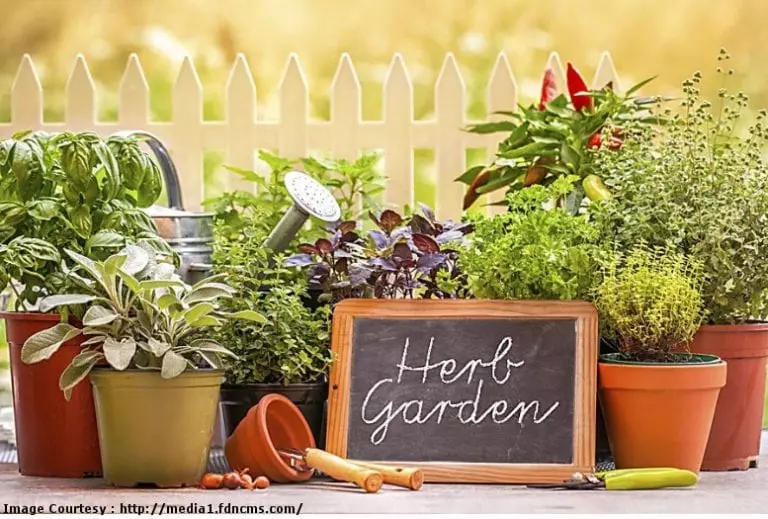As it’s almost time to welcome the new year, Tender Care Lawn Service wishes you a year full of happiness and health. This year we look forward to giving you even better service and more tips for your lawns and gardens.
Since it’s all about new, let’s start with a question landscaping companies often get, ‘How can I grow herbs in my garden?’
Now this may sound a little daunting at first but herbs are easy to grow and can add fragrance, flowers and textures to your landscape and flavor to your food too.
Landscaping companies like them because they’re easy to grow, need less maintenance and gives a beautiful look to your lawn and terrace garden.
Here’re a few basics to understand before you plan on growing herbs:
- Growing herbs falls into two categories – bed gardens and container gardens.
- Bed gardens are a well structured planting medium with nutrients required for optimal growth. These are used for herbs that are more resistant in nature. Since they’re planted directly in the soil, they have direct access to water and nutrients. These need less day to day care as they can get nutrients directly from the soil.
- Container gardens are used for the herbs that need partial sunlight. They’re used for those herbs that are either less resistant or grow aggressively, like mint. Since they don’t have access to nutrients and water retained in the soil, they need daily care.
- Herbs can be grouped into cool season-annuals, warm-season annuals and perennials in Louisiana. Fall is the most suitable season for perennial herbs and cool-season annual herbs.
- Perennial herbs are usually not bothered by winter. Most of them thrive well when planted from September through April, using seeds or saplings available at local landscaping companies and nurseries. Some of the perennial herbs that do well in winter are mints, mountain mint, French bay, lemon balm, rosemary, sorrel, catmint, garlic chives, burnet, oregano, monarda, catnip, anise hyssop, pineapple sage and rue.
- As the name suggests, cool-season annual herbs are resistant to winter freeze, rather they prefer to grow in the cool-to-mild days and cold nights. They should be seeded or transplanted from September through early February. These herbs produce the longest harvest. Herbs to grow in the cool season include parsley, cilantro or coriander, celery, dill, chicory, fennel, borage, arugula and chervil.
- Though herbs are best grown in autumn, there are a few that love the sun and heat. Basil is the best example of a heat loving herb. There are also a few perennials that are planted in spring, including Mexican tarragon, lemon verbena, lemon grass and society garlic.
- Most of the herbs require direct sun for four to six hours a day and excellent drainage. Gardens with raised beds are a good idea for most of the herbs. You may also choose container gardening, that is, using containers with well-drained potting soil placed in an area that has sunlight as per the herb’s requirement.
- Herbs should be fertilized moderately. You can use the same fertilizers that you use for other plants, but at half the amount to avoid losing the flavor of the herbs. For better guidance, landscaping companies or nurseries are at your disposal.
Some people grow herbs just as ornamental plants for their beauty and appearance, but do remember they’re useful plants and if taken proper care of, they can add both beauty and flavor to your life.


